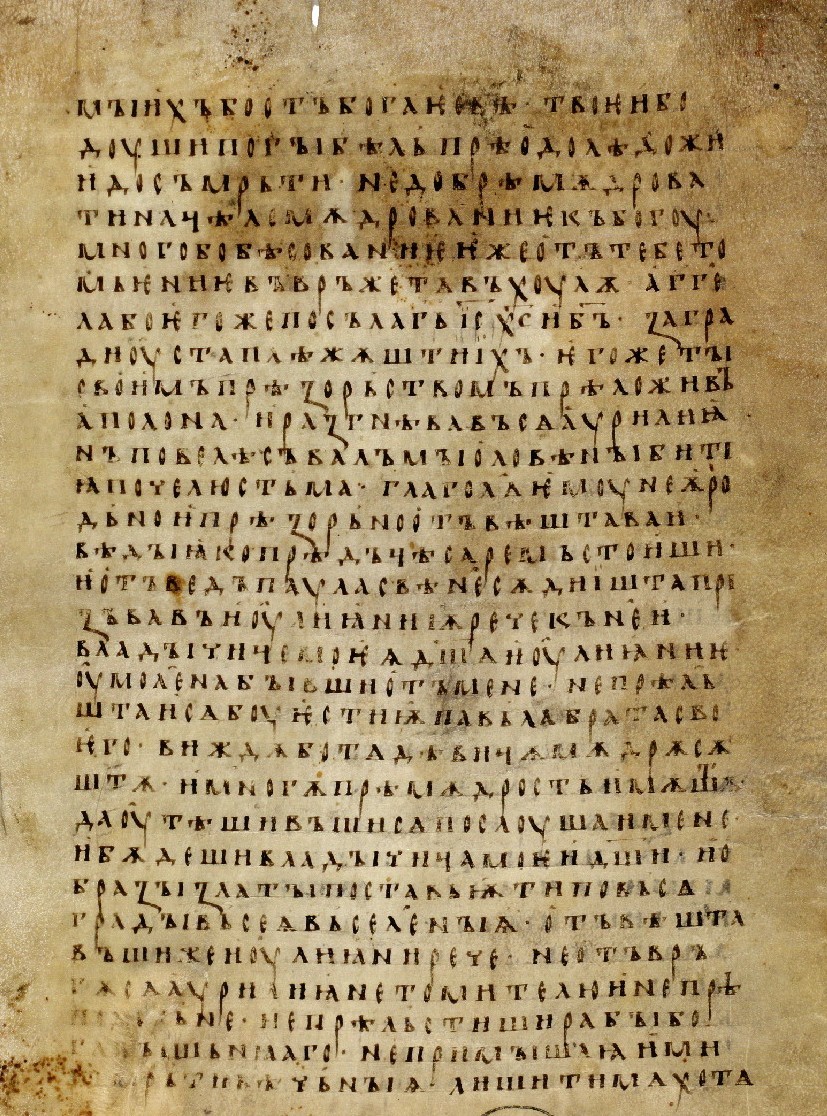
The article analyzes errors in two Old-Russian Apostolos manuscripts: Apostolus Christinopolitanus from the 12th century (an example of the commented type) and Tolstovskiy Apostolus from the 14th century (an example of the continuous type). The result of this research is new information about the reception of loan words, text reinterpretation, the influence of antigraphs and comments, and the personality of the Tolstovskiy scribe. The author corrects errors on both lexical and grammatical levels. Some of the lexical errors are provoked by deformations in the Greek text (homonym and paronym mixing). There are also various transformations of appellatives to onyms, and vice versa. All of this might occur in the antigraph as well as in the Tolstovskiy manuscript. Grammatical errors are fixed on the macroand microlevels. There are cases of incorrect text segmentation within syntagms and between paragraphs in the Tolstovskiy manuscript which take place owing to the influence of the Praxapostolos and the commented type of Apostolos. Both manuscripts are also influenced by comments. This is reflected in grammatical and semantic alteration of the main text and, more rarely, in direct comments included in the main text, although the latter is not supposed for the continuous type to which the Tolstovskiy manuscript belongs. As for the chirographer of the Tolstovskiy manuscript, his background could not be characterized by a high level of literacy or by rich knowledge of the New Testament. He obviously did not have any Greek copies or more correct Slavonic copies at his disposal.
Source: Maria O. Novak (2017). On the Phenomenology and Typology of Errors in Old Russian Apostolos Manuscripts from the 12th–14th Centuries. Slověne. International Journal of Slavic Studies. Vol. 6. №1: 290-306
Source web-site: http://slovene.ru/2017_1_Novak.pdf
Number of views: 2859